
Overcome Your Utility Challenges With Digital Transformation!
Move forward with digital transformation to leverage your existing data and new technology to solve your utility challenges

Make Your Utility Technology Work For You.
We provide technology consulting and integrations for your utility. This puts you back in control of your water system and allows your team to achieve their regulatory, operational, and financial objectives.

64.8% of utilites are working to connect their Information Technoloy and Operational Technology databases

62.7% of water utilities are using advanced technology to improve their distribution systems

57.4% of water utilities are using advanced technology in their treatment plants

48.2% of utilities are using advanced technology in their wastewater collection systems

50.0% of utilities are deploying technology to help with operations efficiency and productivity
Why Are Utilities Turning Toward Digital Transformation?

Regulatory - Be prepared for the regulators and the general public with confidence in your system. This approach gives you control of the data to make sure you don’t lose control of your system to boil water notices or sewage overflows.

Financial - Don’t be caught unprepared for the true needs and risks of your water system. Connect your data across departments and silos to make sure every dollar is well spent.

Operational - Have confidence in getting your staff the best information for critical decisions. Allow for new staff to be quickly learn your utility system and technology so they can be effective faster.
Project Examples
Water Loss

Connect your GIS, SCADA, and Metering System to track every drop and know where your system is losing water
Leak Detection

Add in new acoustic and leak sensors to pinpoint the leaks. Confirm leaks before digging, not after.
Sanitary Sewer Overflow

Deploy sensors to track sewer overflows in your system and predict when they will happen again.
Treatment Plant Optimization

Reduce your chemical and energy costs without risking discharge water quality changes.
Technologies We Have Experience With:


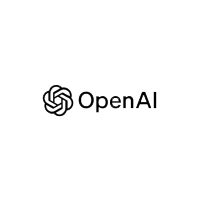

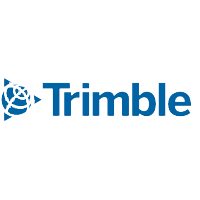
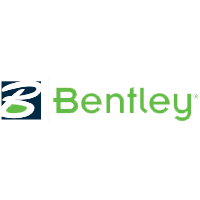




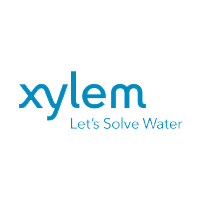






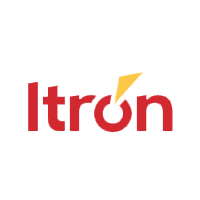


Step 1 - Smart Utility Blueprint
Utility Goals - You share with us your utility’s big goal or driver. This is typically a regulatory, financial, or operational issue that places your utility operations at risk.
Industry Standard Metrics - Based on your biggest goal as a utility we will identify the top 3 supporting metrics of importance to you as a utility RIGHT NOW and then what data or technologies you can leverage to improve.
Smart Utility Blueprint - We provide a document that shows you the status of your existing system, how that is impacting your goals, and what new technology is needed to get to the next level. This gives you and the team a way to determine the budget, schedule, and details of what is next.


Step 2 - Existing Data Connections
Existing Data Mapping - We map out your existing utility data sources (Work orders, AMI, SCADA, Billing, Modeling, GIS, etc.) and show you how they all connect...or don’t connect.
Data Connections - We use your existing databases or deploy new ones within your utility. Typically this is on-premise or cloud based Microsoft SQL servers. This brings your information together securly into a analytics only database
Dash Boarding - We provide dash boarding for the existing data. Typically in a Microsoft Power BI software so it’s both flexible and affordable. This gives you visibility and insight across multiple vendors and contracts for the data you need to meet your utility goals


Step 3- New Technology Integrations
New Technology Integration Plan - We provide a plan for exactly what types of new technology are needed, how much and where to place it, and how to connect it into your existing databases and operations procedures.
Vendor Selections & Procurement - We utilize our database of relevant hardware, software, and service vendors and technologies to help you select and procure new technology.
Implementation - We work alongside for you the duration of the new technology deployment. This gives both support and accountability for any vendors involved and gives the utility a successful and complete deployment, not just pieces.

Step 4 - Ongoing Support
Ongoing Data QaQc - We provide weekly or monthly data reviews and technology checks to make sure the hardware, software, and services are all holding up to their contracts and warranties. This keeps your team focused on daily operations of the utility while we focus on the technology reliability.
Modifications and Adjustments - Most utilities have ongoing minor changes. This includes new sensors, vendor integrations, data requests, and project specific adjustments. We make sure your technology systems are flexible and adjusted to meet the ongoing needs of the utility.
Compliance & Cyber Security - We provide ongoing regulatory compliance and cyber security monitoring. This gives the utility safety in their deployed technology against new requirements for data reporting or tracking. This also gives the utility peace of mind from new threats from hostile actors.
Did you come here for the Newsletter? See below
May 07, 2024
Aging Infrastructure & 70,000 Treatment Violations - A New Hope
How utilities are using technology to get back in control of their permits and save time and energy while doing it.

Andrew Swirsky
Engineering Principal
Andrew Swirsky is a Professional Engineer in multiple states including Texas, California, and Florida. He has over a decade of experience of utility program management and solving water problems with new technology. His passion is using technology to help utilities overcome their challenges.
Daniel Swirsky
Data Principal
Daniel Swirsky is a data management and analysis guru. He has worked across multiple industries such including agriculture, finance, and energy. His passion is to solving organizational and technology issues with healthy data governance.

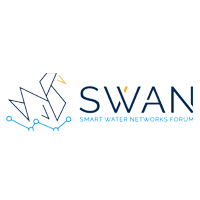

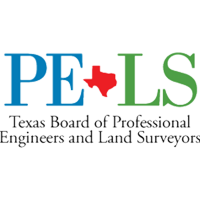


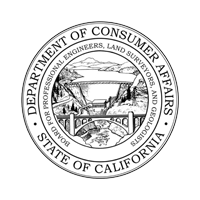
Previous Projects Completed By Our Engineering and Data Principals

FAQ:
Why now?
There is simply not enough funding or people to replace and upgrade the infrastructure with traditional methods. With increasing regulations, financial pressures, and operational challenges, Utilities are turning towards technology to stay compliant while making the most of their systems.
How is this different than traditional IT Services?
We use both our technology and engineering experience and blend those together into a hybrid offering for Operational Technology (OT) support. This means we understand water utilities and all the nuances of water distribution, wastewater collection, treatment, stormwater, customer metering, and more. We also understand on-premise, cloud infrastructure, database management, and visualization dashboards. We combine these both to deliver operational technology services that require both an information technology and engineering background to be successful.
Are you licensed Professional Engineers?
We are licensed in multiple states (Texas, Florida, California, Arkansas, North Carolina) and can offer engineering services. For licensed design work we prefer to work with utility staff or local engineers who have a long history of your specific utility. They offer great historical infrastructure knowledge and this allows us to focus on the technology implementation while they can focus on the infrastructure improvements.
How long does this take?
The evaluation and smart utility blueprint can typically be completed with two online meetings and less than a week. The internal data connections and dash boarding is typically a 3-6 month engagement to get the critical information connected. The full technology deployment and implementation is typically a 12-24 month process for a significant program.
What is the cost of this approach?
Many utilities budget 3-5% of their operational budget for new technology initiatives. So a medium sized utility with an annual operating budget of $10,000,000 typically gets results with a $300,000 to $500,000 annual technology investment. Because each utility is unique their first step is typically a evaluation or blueprint phase which is typically under $75,000.





